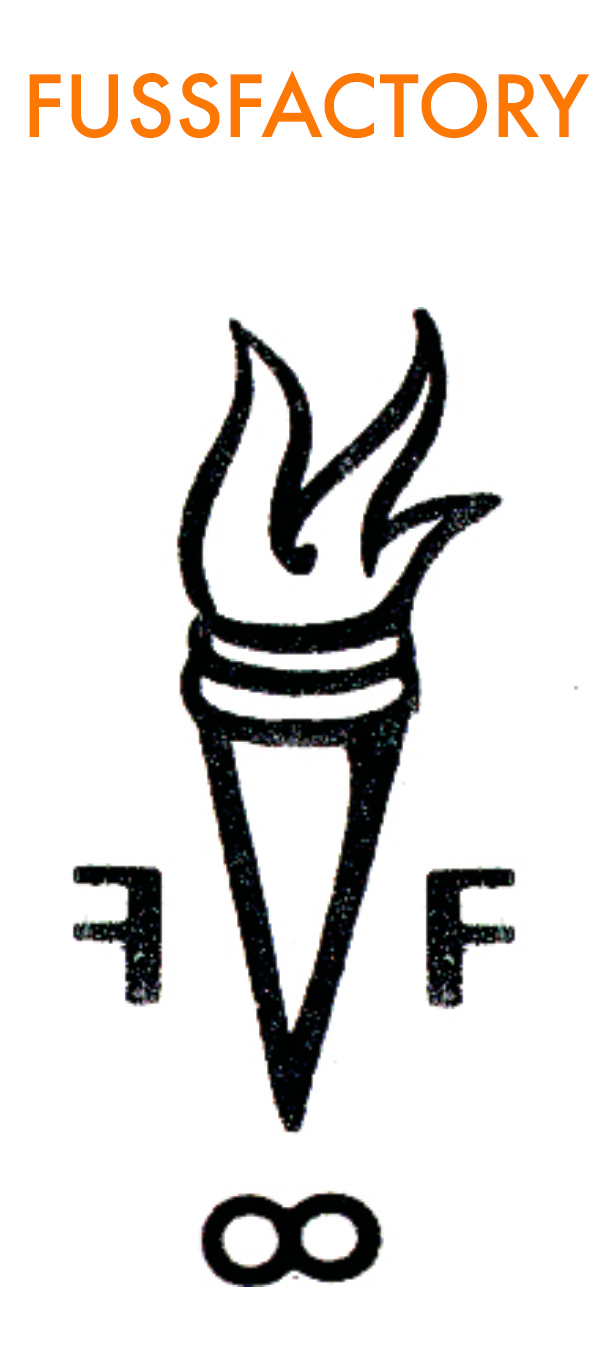#sparkchamber 022122 — Robin DiAngelo
February is Black History Month, and #sparkchamber is celebrating all month long with some context and perspective. Today, we highlight academic and educator Robin DiAngelo, author of White Fragility: Why It’s So Hard for White People to Talk About Racism.
From a New Yorker article written by Katy Waldman:
A Sociologist Examines the “White Fragility” That Prevents White Americans from Confronting Racism
In more than twenty years of running diversity-training and cultural-competency workshops for American companies, the academic and educator Robin DiAngelo has noticed that white people are sensationally, histrionically bad at discussing racism. Like waves on sand, their reactions form predictable patterns: they will insist that they “were taught to treat everyone the same,” that they are “color-blind,” that they “don’t care if you are pink, purple, or polka-dotted.” They will point to friends and family members of color, a history of civil-rights activism, or a more “salient” issue, such as class or gender. They will shout and bluster. They will cry. In 2011, DiAngelo coined the term “white fragility” to describe the disbelieving defensiveness that white people exhibit when their ideas about race and racism are challenged — and particularly when they feel implicated in white supremacy. Why, she wondered, did her feedback prompt such resistance, as if the mention of racism were more offensive than the fact or practice of it?
In a new book, White Fragility, DiAngelo attempts to explicate the phenomenon of white people’s paper-thin skin. She argues that our largely segregated society is set up to insulate whites from racial discomfort, so that they fall to pieces at the first application of stress — such as, for instance, when someone suggests that “flesh-toned” may not be an appropriate name for a beige crayon. Unused to unpleasantness [more than unused to it — racial hierarchies tell white people that they are entitled to peace and deference], they lack the “racial stamina” to engage in difficult conversations. This leads them to respond to “racial triggers” — the show Dear White People, the term “wypipo” — with “emotions such as anger, fear and guilt,” DiAngelo writes, “and behaviors such as argumentation, silence, and withdrawal from the stress-inducing situation.”
DiAngelo, who is white, emphasizes that the stances that make up white fragility are not merely irrational. [Or even comical, though some of her anecdotes — participants in a voluntary anti-racism workshop dissolving with umbrage at any talk of racism — simmer with perverse humor. “I have found that the only way to give feedback without triggering white fragility is not to give it at all,” she remarks wryly.] These splutterings “work,” DiAngelo explains, “to reinstate white equilibrium as they repel the challenge, return our racial comfort, and maintain our dominance within the racial hierarchy.” She finds that the social costs for a black person in awakening the sleeping dragon of white fragility often prove so high that many black people don’t risk pointing out discrimination when they see it. And the expectation of “white solidarity” — white people will forbear from correcting each other’s racial missteps, to preserve the peace — makes genuine allyship elusive. White fragility holds racism in place.
--- ooo ---
We urge you to read the rest of the article, as well as the book.
1.] Where do ideas come from?
The most profound message of racial segregation may be that the absence of people of color from our lives is no real loss. Not one person who loved me, guided me, or taught me ever conveyed that segregation deprived me of anything of value. I could live my entire life without a friend or loved one of color and not see that as a diminishment of my life. In fact, my life trajectory would almost certainly ensure that I had few, if any, people of color in my life. I might meet a few people of color if I played certain sports in school, or if there happened to be one or two persons of color in my class, but when I was outside of that context, I had no proximity to people of color, much less any authentic relationships. Most whites who recall having a friend of color in childhood rarely keep these friendships into adulthood. Yet if my parents had thought it was valuable to have cross-racial relationships, they would have ensured that I had them, even if it took effort — the same effort so many white parents expend to send their children across town so they can attend a better [whiter] school. Pause for a moment and consider the profundity of this message: we are taught that we lose nothing of value through racial segregation. Consider the message we send to our children — as well as to children of color — when we describe white segregation as good.
2.] What is the itch you are scratching?
The simplistic idea that racism is limited to individual intentional acts committed by unkind people is at the root of virtually all white defensiveness on this topic.
Racism is a structure, not an event.
3.] Early bird or night owl? Tortoise or hare?
If I believe that only bad people are racist, I will feel hurt, offended, and shamed when an unaware racist assumption of mine is pointed out. If I instead believe that having racist assumptions is inevitable [but possible to change], I will feel gratitude when an unaware racist assumption is pointed out; now I am aware of and can change that assumption.
4.] How do you know when you are done?
The key to moving forward is what we do with our discomfort. We can use it as a door out — blame the messenger and disregard the message. Or we can use it as a door in by asking, Why does this unsettle me? What would it mean for me if this were true?


